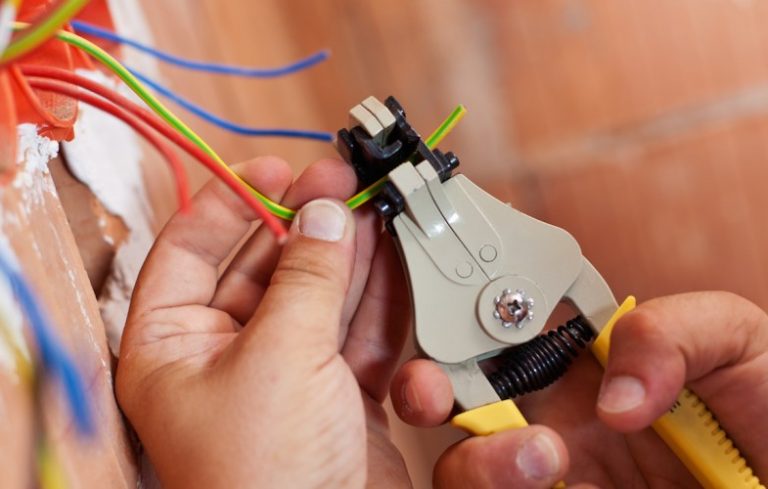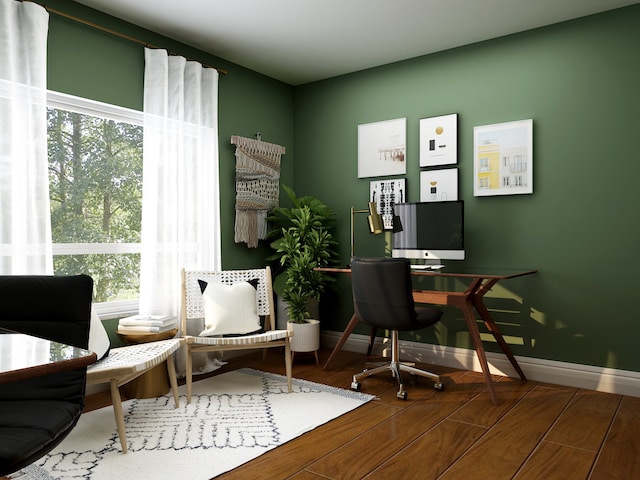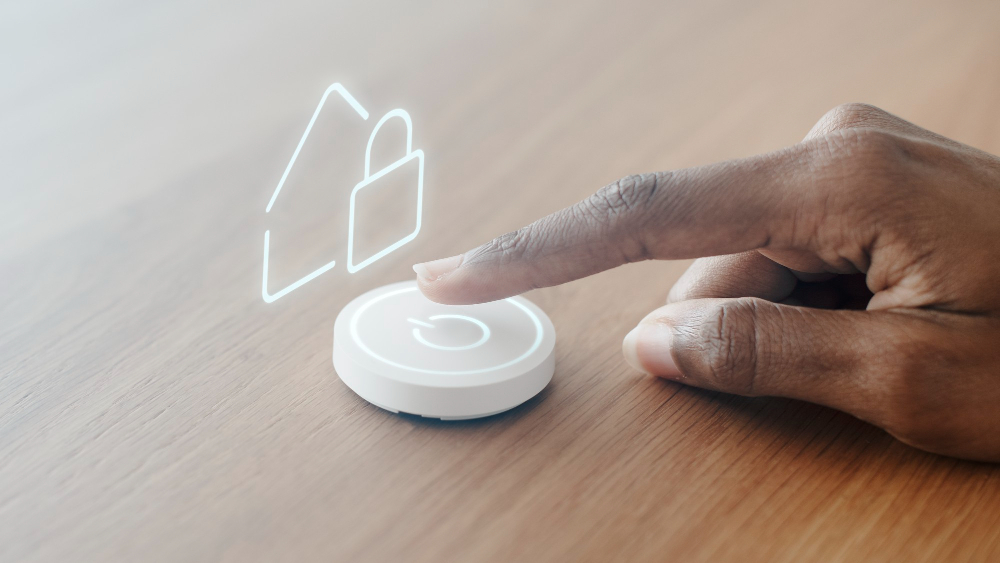Choosing the best security system for your needs starts with understanding your risk and the pros and cons of each type of security system. Burglars are 83% less likely to attempt a break-in on a house that has a security system. Even if your neighborhood has no history of burglaries, it still pays to protect yourself from becoming a statistic.
On the positive side, burglary rates in the United States are dropping. From 2015 to 2016, burglaries dropped by 4.6%, with a total of roughly 1.5 million burglaries overall in 2016. The rising popularity of home security systems could be one reason for this decrease in crime. Once seen as a luxury, home security systems were historically expensive, and most came bundled with monthly monitoring contracts. Today’s security systems span a range of budgets, and many DIY home security systems forgo monthly contracts, which can further decrease costs.
Home Security Systems
All security systems fall into two general categories: monitored systems and DIY systems. Monitored systems include a landline or cellular connection to a staffed monitoring service, where trained employees reroute alarms to the appropriate emergency services department. DIY systems are self-monitored, and most of these systems alert you on your smartphone.
Security systems also vary greatly in features and price. Stock systems may include a handful of analog sensors, while more expensive systems represent the bleeding edge of smart home technology. No single system is the best for all budgets, property types, or areas. The best system will balance the features you need with your budget.
Choosing a System
Finding the best security system for your home depends on three main parameters:
- Risk and Protection
If you live in an area with high crime rates, or if your assets are particularly valuable, you’ll want a system that prioritizes protection over cost. In areas with less risk, some homeowners opt for a simpler system. - Smart Home Integration
If you’re looking for a future-proofed system that can take advantage of all the best home security technology, look for a system that is compatible with the latest smart home and IFTTT automation technology. - Budget and Service
The final consideration in any home security decision is the cost. Homeowners on a budget can save with DIY systems and basic, no-frills tech. If your budget is more flexible, consider the convenience of professional installation and 24/7 monitoring services.
Once you map out your priorities and parameters for a home security system, you can browse systems by their strengths and weaknesses to see which one works best for you.
Best Budget Systems
Increasingly, first-time homeowners and conservative spenders are making investments in home security. Systems from Protect America meet the needs of homeowners on strict budgets. These systems are the best choice for providing a baseline of protection, without spending money for any unnecessary add-ons. Protect America’s protection plans start at $19.99 per month, placing them among the lowest on the market.
Some homeowners prefer to tailor a system to their budget using a DIY approach. Frontpoint allows you to mix and match components like sensors, doorbell cameras, smart locks, and control panels to build your own system, but its service monitoring fee isn’t as economical as some of its competitors. If you’re willing to forgo a monitored system, installing a smart lock and doorbell camera can increase the security of your home by connecting your front door to your smartphone with no monthly fee.
Best Protection
If protection is the highest priority in your quest for the perfect security system, you’ll want an uncompromising service with a reputation for consistency. Most people associate home security systems with ADT’s blue sign, and for good reason – as one of the oldest major home security companies, ADT has a long history in the security sector.
Many of the features of an ADT system support homeowners who want to go above the basic packages. An available two-way monitoring service lets you communicate with ADT’s security center directly if there’s an issue, which can help emergency services respond faster in the event of a triggered alarm. ADT is also compatible with a range of smart home and home automation tools, so you can customize your system to fit your home.
If you’re a renter, companies like SimpliSafe offer DIY packages with alternative installation options. The sensors, control panels, and smart home devices offered by SimpliSafe attach to your windows, doors, and walls with adhesive tape that won’t damage your paint. This allows renters all the protection of a security system without the hassle of drilling, wiring, or professional installation.
Best Smart Home Integration
Smart home technologies add advanced features to everyday home devices and appliances using Wi-Fi connections, digital assistants, and AI-powered tech. Nearly every security provider now offers compatible smart home tech and home automation tools, but it’s also worth doing your research before investing in a system to make sure it connects to the right devices.
Vivint home security systems are very forward thinking in terms of smart home technology. These systems are highly rated on review sites because Vivint’s packages offer the latest smart home tech and its control panels act as a hub for all your smart home devices, even displaying security camera feeds right on the control panel’s screen. Its service is on the pricier side, but it’s difficult to find a provider with better technology.
Once you’ve chosen the perfect system for your home, you’ll sleep well at night knowing your home is protected against the unthinkable. These systems provide you with the highest-quality protection, which is an investment you’ll be glad you made.




